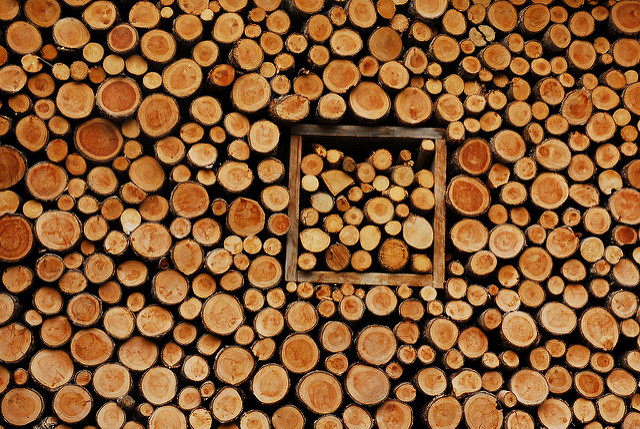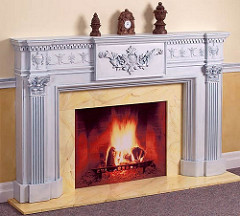
Why your Fireplace is not Working Right
Have you tried lighting a fire at your home only to end up with a room full of smoke? During the chilly winter season, no one wants to worry about a fireplace that cannot start. Here is a list of 5 reasons why you are finding it hard to light a fire on the fireplace. With this information, you will understand how to resolve such issues:
1. Open the Damper
The masonry chimney is a classical home design setting in most western-style homes. Located right at the throat is the fireplace damper responsible for sealing the fireplace when not in use. When the chill is closed, hardly enough air escapes, resulting in an inefficient fire. That is why the fireplace will not burn efficiently. At times you might try to re-open the damper, but there is an obstacle preventing it from fully opening up. This mostly occurs in areas where water damage or a soot buildup accumulates behind. As with the case of professional chimney sweeps, you have to go in to perform a sweep. That is where fireplace cleaning comes in.
2. A Dirty Chi mney
mney
A buildup in soot affects the way chimneys and fireplaces work. At times the buildup will escalate and prevent badly needed airflow from finding its way to the fireplace. Small animals and birds might mistake your chimney for hollow trees and build up their nests. Over time the accumulated leaves, twigs and debris will block the airflow. If you have noticed that your fireplace is affected by a dirty chimney, you must contact your local chimney full service to offer their services. These experts can chase off these animals and carry out a proper clean. If animals pose a constant menace, your chimney will require a chimney cap to keep them from entering again.
3. Size of your Chimney
Have the right flue for your fireplace opening. As a general rule, the opening should exceed your chimney flue substantially. If the chimney flue fails is too small, this will lead to back puffing. Most of the fireplaces within homes in the past two decades have met these specifications. The old fireplaces will require professional attention.
4. Using the Wrong Firewood
The best wood for your fireplace is seasoned wood. Dry season wood ensures an efficient burn. Unfortunately, there are those who still use unseasoned wood on occasion. By unseasoned wood, we are referring to that which has not thoroughly dried. This makes lighting more difficult as more energy goes into drying off the moisture rather than warming the home. Inefficiently burning wood in the house only costs you money in the long run.
5. Short Chimney
A proper functioning fireplace hardly exceeds 10 or 12 feet. The part of the fireplace projecting on the roof ranges about 3 feet tall. A chimney that is too short will on;y affect the fireplace adversely. You must go out of your way to prevent air quality hazards that only increase the risk of getting carbon monoxide poisoning.
If you are tired of fireplace-related problems, you can contact the local chimney sweep experts who are best suited to provide a permanent solution. Only the local chimney sweeps know how to ensure you enjoy a safe, warm and healthy fire.
